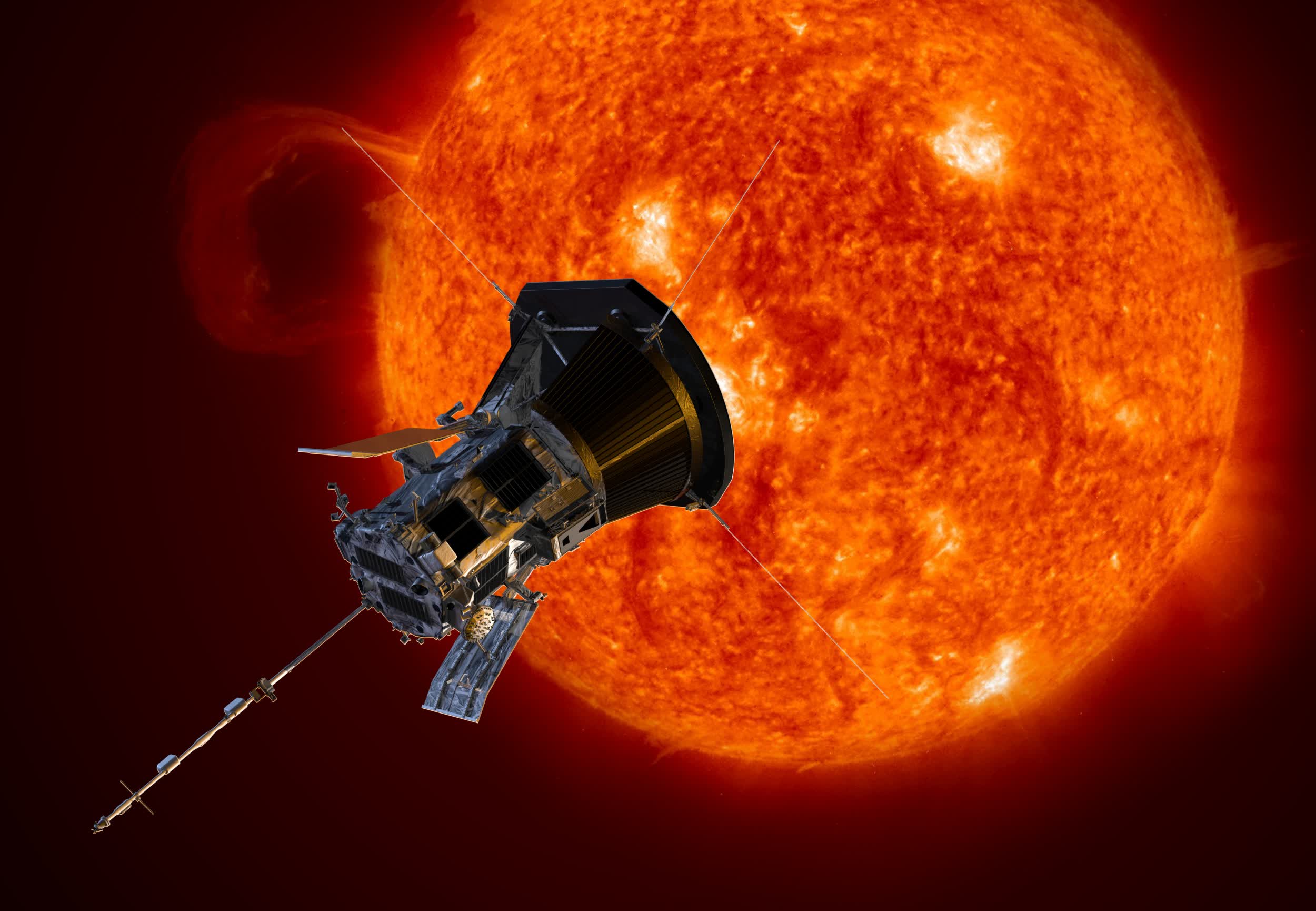Recap: The Parker Solar Probe launched on August 12, 2018. The first NASA craft to be named after a living person, it wasted little time in getting down to business. Less than three months after launch, it came closer to the Sun than any other artificial object. Now, it has achieved another milestone.
As NASA notes, the Sun is different from Earth in that it doesn't have a solid surface. Instead, there's a superheated atmosphere where solar material is tied to the Sun by magnetic forces and gravity. Heat and pressure act on these materials, forcing them away from the center of the Sun. As they get further away, magnetic fields and gravity lose their grip, marking the end of the solar atmosphere and the beginning of the solar wind - a region astronomers refer to as the Alfvén critical surface.
Until recently, astronomers only had a rough estimate of where exactly the Alfvén critical surface lay that was based on images and data captured from afar.
During its eighth flyby of the Sun on April 28, 2021, readings from the Parker Solar Probe confirmed to scientists that it had indeed crossed the Alfvén critical surface at around 8.1 million miles from the surface of the star and entered the solar atmosphere for the first time. In fact, data showed the probe had passed into and out of the corona several times during the pass, confirming that the surface line isn't smooth but rather, has peaks and valleys
Scientists look forward to learning even more about the Sun during future flybys, the next of which is scheduled for January 2022. At its closest, the probe is expected to fly within 3.83 million miles of the Sun's surface.
Image credit Steve Gribben
